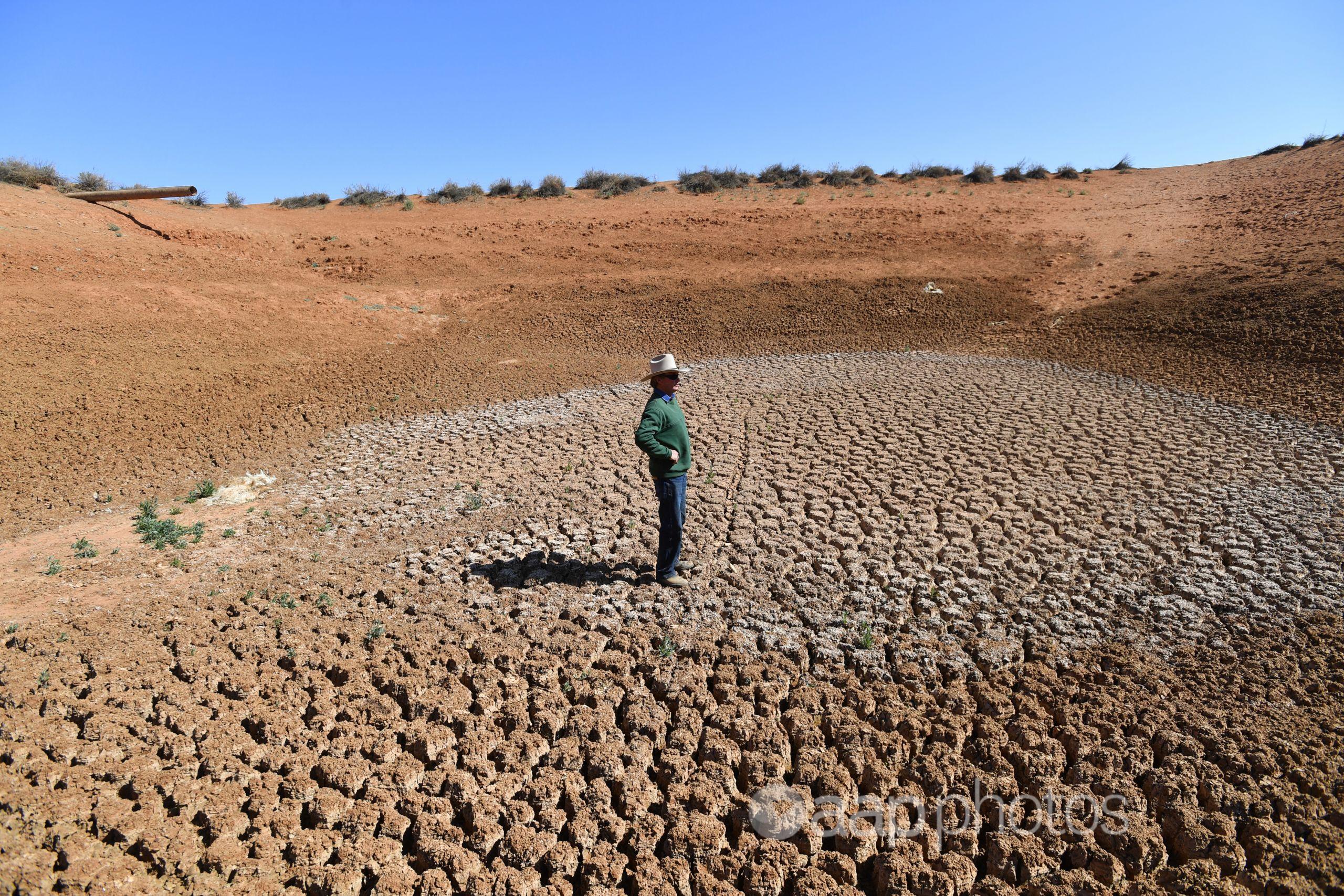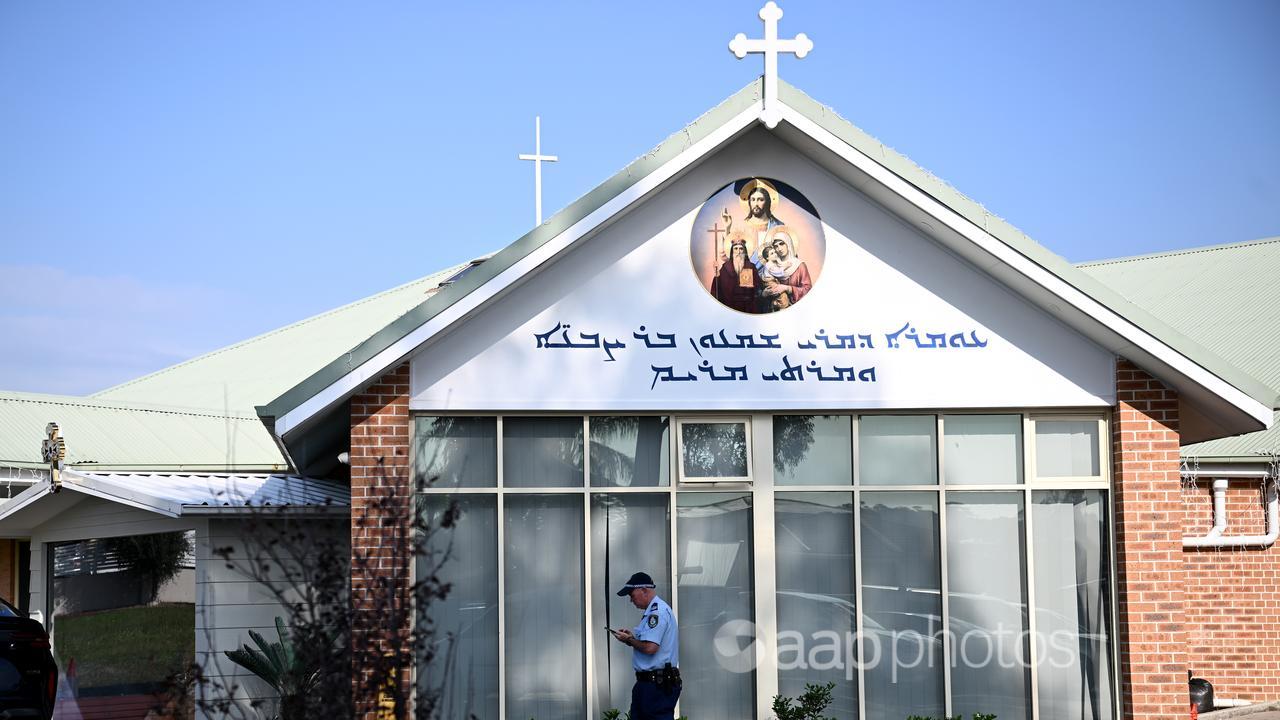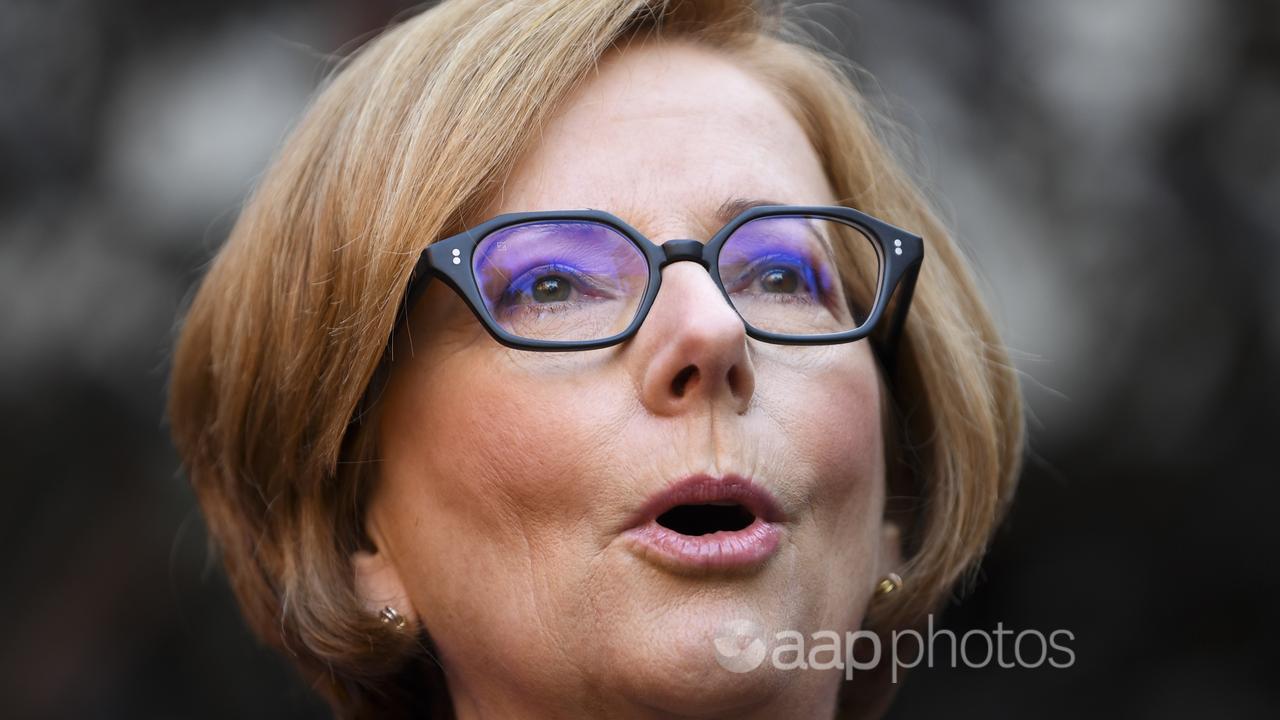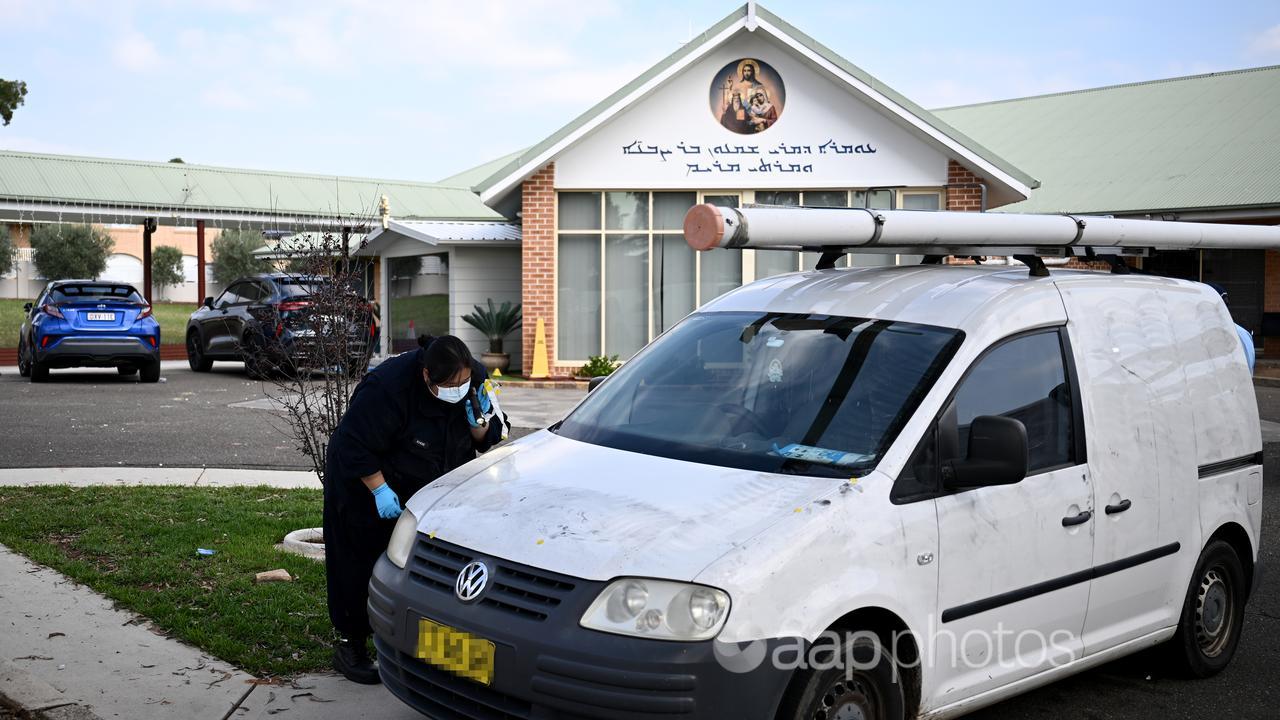AAP FactCheck Investigation: Has the Australian government cut funding for two key climate change adaptation projects and ignored the issue in major reports?
The Statement
“The government completely excluded climate adaptation from their 2017 review of climate change policies. They cut funding for significant adaptation work at CSIRO, completely defunded the National Climate Change Adaptation Research Facility and produced a new National Disaster Risk Reduction Framework that fails to take climate change seriously.”
Mark Butler, Labor MP and former opposition spokesman for climate change and energy, January 25, 2021.
The Analysis
Labor’s former climate change spokesman has claimed the Australian government was failing to prepare for a warming climate, arguing it had cut significant funding from adaptation research.
Opposition MP Mark Butler, who was shifted out of the climate change and energy role in a January 28 reshuffle, made the comments in response to a government commitment to develop a new “climate resilience and adaptation strategy”.
Environment Minister Sussan Ley used a January 25 speech to the international Climate Adaptation Summit to make the pledge, joining more than 100 other countries that responded to the United Nations-led call.
Reacting to the announcement, Mr Butler said the government had a history of failing to prepare for climate adaptation – an umbrella term that refers to the management of the various consequences of a changing climate.
“The government completely excluded climate adaptation from their 2017 review of climate change policies,” he said.
“They cut funding for significant adaptation work at CSIRO, completely defunded the National Climate Change Adaptation Research Facility and produced a new National Disaster Risk Reduction Framework that fails to take climate change seriously.”
AAP FactCheck examined Mr Butler’s multiple claims.
2017 Climate Change Review
When contacted about the suggestion the government “completely excluded” adaptation from its 2017 review of climate policies, Mr Butler’s office pointed AAP FactCheck to the fact the related report did not include any mentions of the terms “climate adaptation”.
The Department of the Environment undertook the review in 2017 to ensure the country’s climate change policies were consistent with its 2030 emissions targets under the Paris Agreement.
While the final report does not feature the exact words “climate adaptation”, it deals primarily with policies that will influence Australia’s emissions in the context of the targets, covering areas such as electricity generation and transport.
Dr Peter Tangney, a senior lecturer in environmental politics and policy from Flinders University in Adelaide, noted in an email to AAP FactCheck that the report does highlight government funding for climate modelling among other research work.
“This research can be used for informing climate adaptation, so Mr Butler’s statement is not entirely correct,” he said.
The report highlights CSIRO’s $37 million in investment over 10 years for “decadal climate forecasting capability”, while it also mentions government research funding towards projects such as international efforts to protect coral reefs and coastal ecosystems (pages 14-15).
CSIRO Adaptation Research Funding Cuts
For the claim that the government “cut funding for significant adaptation work at CSIRO”, Mr Butler’s office referred AAP FactCheck to a 2016 RenewEconomy article about job cuts at the national science organisation.
The article drew on reports from the Sydney Morning Herald and Australian Financial Review (AFR) about the staffing changes.
However, the newspaper articles did not state that funding was being cut for CSIRO’s climate adaptation work. In fact, the articles suggested CSIRO was shifting its priorities away from climate science towards measures like mitigation.
CSIRO chief executive Larry Marshall told the AFR: “We have spent probably a decade trying to answer the question ‘is the climate changing?’ The next question now is what do we do about it? The people that were so brilliant at measuring and modelling (climate change), they might not be the right people to figure out how to adapt to it.”
However, a history of climate adaptation research at CSIRO posted on the organisation’s website noted that adaptation research had “started to fragment” since 2016 following the closure of its Climate Adaptation Flagship two years earlier.
This flagship was launched in 2008 with the aim of equipping Australia with “practical and effective adaptation options to climate change and variability”.
It received an initial $44 million over four years as part of the then coalition government’s commitment of $103 million towards it and a CSIRO Energy Flagship in the 2007-8 Budget (page 129).
The funding gradually grew to $43 million per year in 2010-11, when Labour was in power, CSIRO said. However, the CSIRO underwent an internal reorganisation in 2014 (page 10-11), when a coalition government was in place, during which the Climate Adaptation Flagship was absorbed into several of nine new business units.
CSIRO said by 2016, when Malcolm Turnbull had taken over as prime minister from Liberal counterpart Tony Abbott, the adaptation efforts had begun to be “re-oriented into other activities”.
Professor Rod Keenan, the chair of the University of Melbourne’s department of forest and ecosystem science, told AAP FactCheck in an email that although the Climate Adaptation Flagship was “terminated” there continued to be fragmented research undertaken in the field in various CSIRO divisions.
CSIRO declined to comment on Mr Butler’s claim when contacted by AAP FactCheck. Its most recent annual report, from 2019-20, makes little specific mention of climate adaptation research, aside from the organisation’s work on a Great Barrier collaboration (page 50), although it highlights CSIRO’s work for the government on climate and disaster resilience following the catastrophic 2019-20 bushfire season (page 19).
National Climate Change Adaptation Research Facility
As the source of the claim that the government defunded the National Climate Change Adaptation Research Facility (NCCARF), Mr Butler’s staff cited a Guardian Australia article from January 2020.
The article said the decision to discontinue the NCCARF’s funding in 2017, when Scott Morrison was treasurer, meant Australia was “not well positioned” to tackle the effects of climate change, according to director Jean Palutikof.
The facility was established in 2008 in a partnership with Griffith University to provide decision-makers with information to help them manage the risks from climate change. The government said more than $56 million was spent on the project.
However, the bulk of the money came under Labour governments between 2008 and 2013. Funding was reduced to $9 million over three years under the Abbott government in 2014 (page 106).
Funding was further cut to $600,000, to be shared with CSIRO, in the 2017-18 budget, which was delivered by Mr Morrison (page 94). It did not receive any further program-wide funding. Labor pledged to restore the NCCARF’s funding to $3 million per year during its unsuccessful 2019 election campaign.
Professor Palutikof, the facility’s former director, told AAP FactCheck the NCCARF continued to receive funding in the form of grants for specific projects.
“You can be funded for a five-year program and you can be funded for a single $100,000, three-month project. We no longer have the program-scale money from the federal government, but we have had some small project money,” she said.
National Disaster Risk Reduction Framework
According to Mr Butler, the National Disaster Risk Reduction Framework (NDRRF), which was established in 2018, does not take climate change seriously.
As a source for the claim, his office pointed AAP FactCheck to a line on page six of the report which states, “This forecast does not account for the effects of a changing climate, which are expected to magnify these costs; nor does it account for losses that cannot be quantified but are no less important to people.”
However, this was a direct reference to a Deloitte Access Economics analysis, which predicted natural disasters would cost the Australian economy $39 billion per year by 2050 based on current population growth.
Elsewhere, the framework includes numerous mentions of climate change and adaptation, including in the first of four listed “drivers for action” (page 5), which begins: “Many natural hazards are becoming more frequent and more intense, driven by Australia’s changing climate.”
Prof Keenan said while the NDRRF was a well-thought-out statement on disaster reduction within the context of climate change, it included no clear processes for implementing recommendations or allocating responsibilities across the different levels of governments.
However, Dr Tangney said the framework was not designed to prescribe specific actions.
“As a guideline for developing policies and for co-ordinating action between federal, state and local levels, it is well tailored to address climate change hazards assuming that it is used by the federal government to direct and distribute funding and other resources in practice,” he said.
“However, its effectiveness in practice will depend on the extent to which the federal government uses it to direct funding and other resources to advance climate adaptation activities in preparation for, response to, and recovery from extreme climate events and climate change.”
When asked about Mr Butler’s statement and his claims of funding cuts, a spokeswoman for the environment department pointed AAP FactCheck to several other government-backed initiatives, including $30 million for the Australian Research Council Centre of Excellence for Climate Extremes and $37 million for the CSIRO Climate Science Centre.
Prof Palutikof said you could probably make cases that the current government had both increased and cut overall funding for climate change adaptation due to the fragmented nature of the work.
“The bottom line is that the federal government has no coherent framework for climate adaptation activities, and funding is incremental and sporadic,” she said.
The Verdict
AAP FactCheck found Mr Butler’s statement to be somewhat true. It is correct that the National Climate Change Adaptation Research Facility had its ongoing funding cut under a coalition government, while CSIRO’s Climate Adaptation Flagship was absorbed into other operations at the organisation.
However, it is misleading to claim the government excluded climate adaptation from its 2017 review as the purpose of the review was to discuss emissions in the context of the Paris Agreement. The National Disaster Risk Reduction Framework also addressed the impact of climate change among other environmental risks.
Somewhat True – A part or parts of the claim are accurate but there is also a significant problem or inaccuracy.
* Editor’s note: AAP FactCheck has expanded its ability to fact-check environmental issues with the support of the Australian Conservation Foundation. AAP FactCheck retains full editorial independence in this project and continues to apply the rigorous standards required for accredited members of the International Fact-Checking Network.
All information, text and images included on the AAP Websites is for personal use only and may not be re-written, copied, re-sold or re-distributed, framed, linked, shared onto social media or otherwise used whether for compensation of any kind or not, unless you have the prior written permission of AAP. For more information, please refer to our standard terms and conditions.


















